In the complex and fascinating world of venomous creatures, spiders and snakes stand as two of nature’s most notorious toxin producers. Both have evolved sophisticated venom delivery systems over millions of years, yet they differ dramatically in their biochemistry, potency, and effects on humans. While snakes often capture headlines for their deadly bites, many people don’t realize that some spiders possess venom that can be equally or even more toxic on a drop-for-drop basis. This article explores the comparative toxicity of venomous spiders and snakes, examining their venom composition, delivery mechanisms, evolutionary advantages, and the medical significance of their bites. By understanding these differences and similarities, we gain not only valuable medical knowledge but also a deeper appreciation for these much-maligned but extraordinary animals.
Venom Composition: A Biochemical Comparison
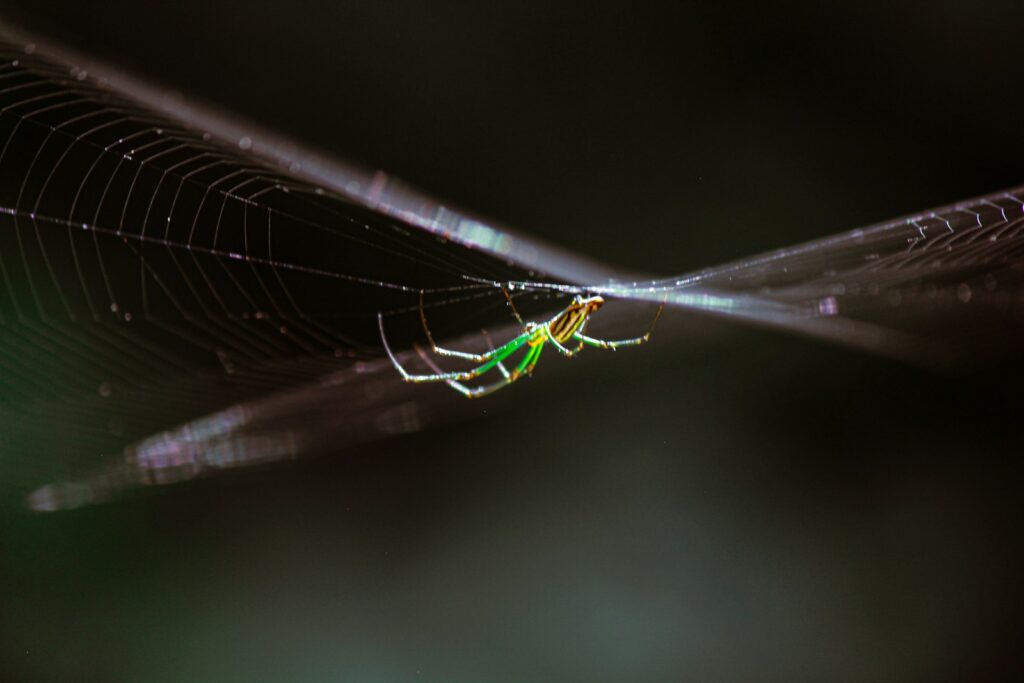
Snake and spider venoms represent masterpieces of biochemical evolution, though they differ significantly in their makeup and complexity. Snake venoms typically contain dozens of toxins, primarily consisting of larger proteins and enzymes that disrupt physiological processes like blood clotting, cell membranes, and nerve transmission. Spider venoms, by contrast, often contain hundreds of smaller peptide toxins that predominantly target the nervous system with remarkable specificity. This fundamental difference reflects their divergent evolutionary paths – while snake venom evolved primarily to immobilize and digest relatively large prey, spider venom evolved to rapidly paralyze small invertebrates. Research has shown that spider venoms can contain over 1,000 unique compounds, making them potentially more complex than snake venoms, which typically contain between 20-100 different toxins. This complexity gives spider venoms intriguing pharmaceutical potential, with researchers discovering compounds that may lead to treatments for conditions ranging from pain to cardiac arrhythmias.
Venom Delivery Mechanisms
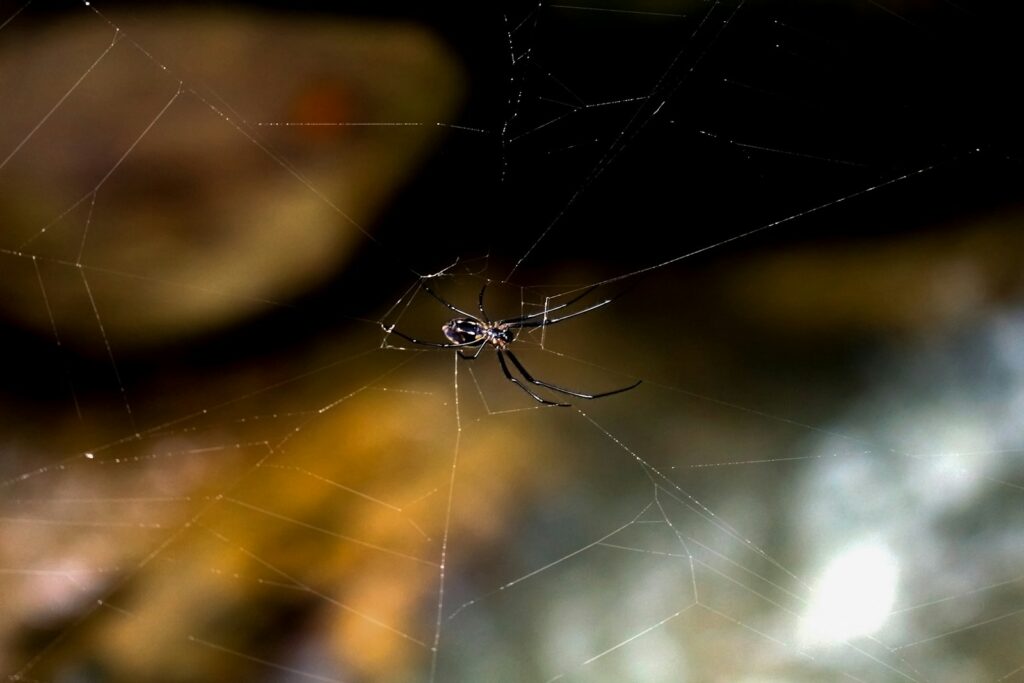
The methods by which spiders and snakes deliver their venom reveal significant anatomical and behavioral differences that impact their danger to humans. Venomous snakes typically possess specialized hollow or grooved fangs connected to venom glands, allowing for deep tissue penetration and the injection of relatively large venom volumes – sometimes exceeding 5ml in larger species like king cobras. Spiders, in contrast, deliver venom through chelicerae – specialized mouthparts tipped with fangs that are generally smaller and inject much less venom per bite, often measuring in microliters rather than milliliters. This disparity in venom quantity partially explains why snake bites generally cause more fatalities globally, despite some spider venoms being more potent on a per-volume basis. Another key difference lies in control – most venomous snakes cannot regulate their venom output precisely, often delivering “full loads” during defensive bites, whereas many spiders can deliver “dry bites” or carefully meter their precious venom, using just enough to subdue prey while conserving their metabolically expensive resource.
Drop-for-Drop Toxicity Comparisons

When comparing venoms purely by potency (measured by LD50 values – the amount required to kill 50% of test subjects), several spider species rank among the most toxic creatures on Earth. The Brazilian wandering spider (Phoneutria nigriventer) produces venom that, by some measurements, is more potent than that of many venomous snakes, including some cobras. The Sydney funnel-web spider (Atrax robustus) produces venom so potent that less than 0.2 mg of purified toxin could potentially kill an adult human if left untreated. By comparison, the inland taipan – often cited as the world’s most venomous snake – has venom that can kill over 100 people per bite, but requires a larger quantity to achieve lethal effects than some spider species. This drop-for-drop potency advantage of certain spider venoms is particularly remarkable considering the vast size difference between spiders and snakes. The Brazilian wandering spider weighs only a few grams yet produces venom comparable in toxicity to snakes thousands of times its size, demonstrating the extraordinary biochemical efficiency these arthropods have achieved through evolutionary pressure.
Geographic Distribution of Dangerous Species
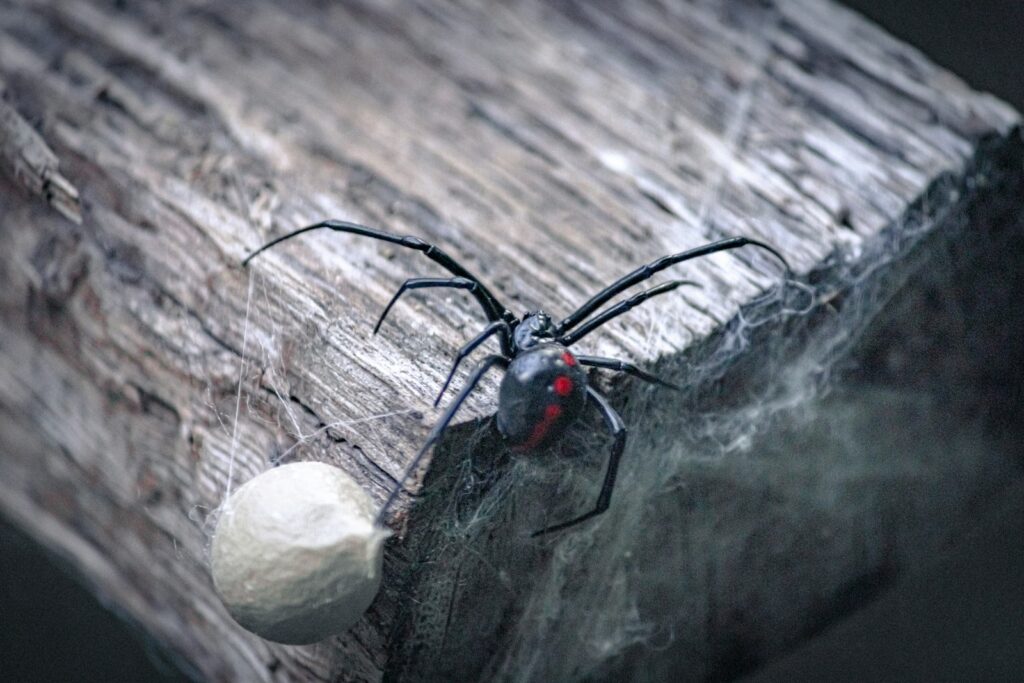
The global distribution of medically significant venomous spiders and snakes follows patterns that reveal important differences in their evolutionary history and adaptability. Venomous snakes are found on every continent except Antarctica, with particularly high diversity in tropical regions, especially Southeast Asia, sub-Saharan Africa, and Latin America. Notably, Australia hosts the highest concentration of highly venomous snake species, with approximately 20 of the world’s 25 most toxic snakes. Dangerous spiders show a different pattern – while present globally, the most medically significant species cluster in specific regions: widow spiders (Latrodectus) have achieved near-global distribution, recluse spiders (Loxosceles) concentrate in the Americas, funnel-web spiders are limited to Australia, and wandering spiders primarily inhabit Central and South America. This distribution pattern reveals that while venomous snakes have successfully adapted to diverse ecosystems globally, dangerous spiders tend to dominate in specific ecological niches, suggesting different evolutionary pressures and dispersal capabilities between these venomous groups.
Medical Significance and Human Fatalities
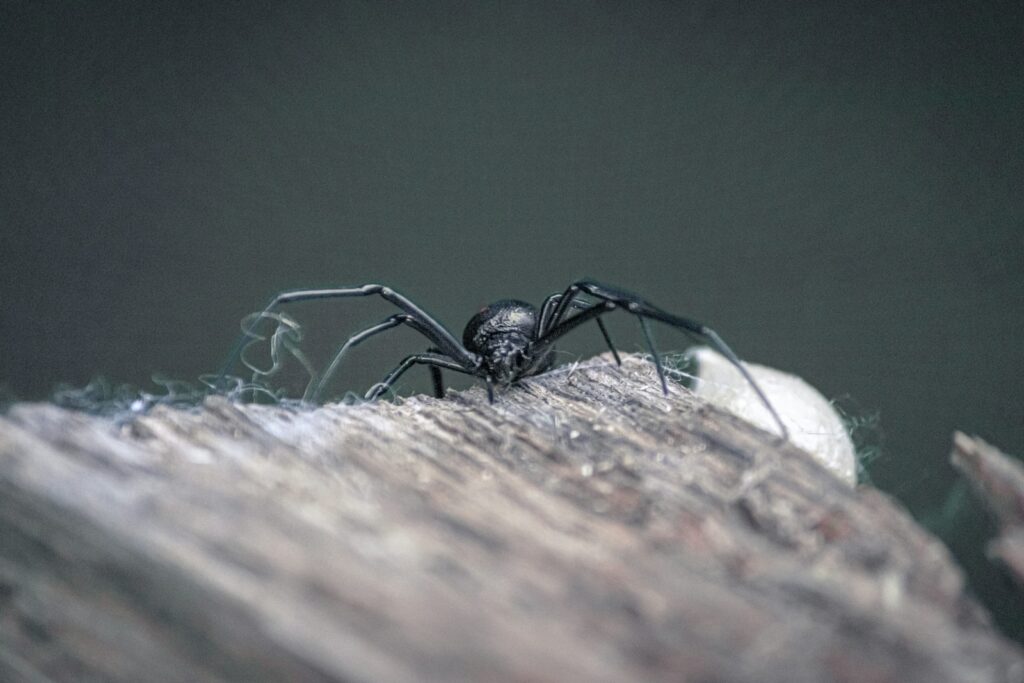
Despite some spiders possessing extremely potent venom, snakes remain significantly more dangerous to humans in terms of global mortality. According to the World Health Organization, venomous snakes cause approximately 81,000-138,000 deaths annually worldwide, with hundreds of thousands more suffering permanent disabilities or disfigurement. In contrast, confirmed spider-bite fatalities typically number less than a dozen per year globally. This vast disparity exists despite the impressive toxicity of some spider venoms, and can be attributed to several factors: snakes inject substantially more venom per bite, have longer fangs that penetrate deeper into tissue, and many venomous snake species inhabit densely populated regions with limited medical resources. Additionally, snake envenomations more frequently trigger systemic effects that can rapidly become life-threatening, including widespread bleeding, respiratory failure, and cardiovascular collapse. Spider bites, while potentially serious, typically cause more localized symptoms or progress more slowly, allowing greater time for medical intervention in most cases.
The Evolution of Venom Systems

The venom systems of spiders and snakes represent remarkable examples of convergent evolution – the independent development of similar traits in unrelated lineages. Spiders have been producing venom for over 400 million years, making them among the oldest venomous terrestrial animals, with their venom systems evolving primarily to rapidly immobilize small invertebrate prey. Snake venom systems evolved much more recently, approximately 170 million years ago, developing as a specialization for subduing larger vertebrate prey that could otherwise injure the predator during capture. This evolutionary history explains key differences in their venoms’ mechanisms – spider venoms tend to work rapidly on nervous systems, while snake venoms often employ a broader approach that includes tissue destruction, anticoagulation, and neurotoxicity. The evolutionary pressure to develop increasingly sophisticated venoms has led to an chemical arms race in both groups, with prey developing resistance and predators evolving more complex toxins in response. This co-evolution has produced the extraordinarily complex venoms we observe today, with both groups independently arriving at similar solutions to the fundamental challenge of chemically subduing prey.
Neurotoxic Effects: Spiders vs. Snakes
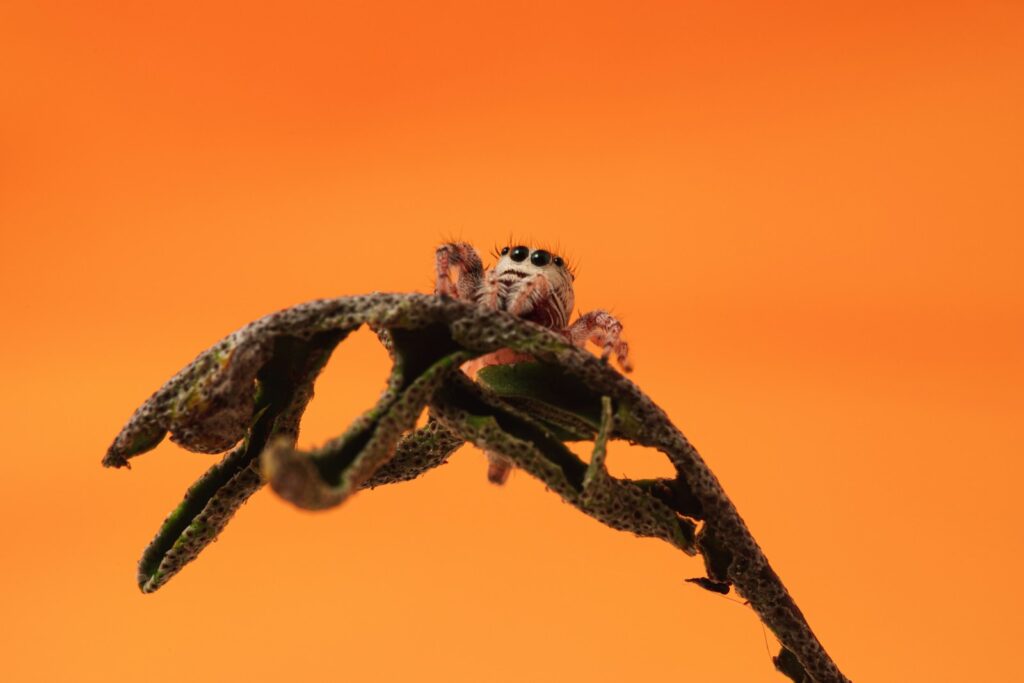
Neurotoxic components feature prominently in both spider and snake venoms, though they typically act through different mechanisms and with different outcomes. Spider neurotoxins, particularly those from widow spiders (Latrodectus), funnel-web spiders (Atracidae), and wandering spiders (Phoneutria), primarily target ion channels and neurotransmitter receptors, causing massive release of neurotransmitters at nerve terminals. This results in the characteristic intense pain, muscle cramping, and autonomic effects seen in their bites. Snake neurotoxins, especially those from elapids like cobras, mambas, and sea snakes, often work by blocking acetylcholine receptors at neuromuscular junctions, leading to progressive paralysis that can affect respiratory muscles. The Sydney funnel-web spider produces robustoxin, which prevents the normal inactivation of nerve cell ion channels, causing spontaneous, repetitive firing of nerve cells with potentially fatal results if untreated. By contrast, the alpha-neurotoxins in cobra venom bind tightly to acetylcholine receptors, preventing muscle stimulation and causing a descending paralysis that can lead to respiratory failure. These different approaches to disrupting the nervous system reflect the different evolutionary pressures and prey targets of these two venomous groups.
Hemotoxic and Cytotoxic Venoms

Hemotoxic and cytotoxic effects represent another area where spider and snake venoms show significant differences in both mechanism and severity. Vipers, particularly rattlesnakes, copperheads, and other pit vipers, produce venoms rich in enzymes that destroy tissues, disrupt blood clotting, and damage blood vessels, leading to severe local tissue destruction, internal bleeding, and potential organ damage. Among spiders, the most notorious cytotoxic venom belongs to recluse spiders (Loxosceles), whose bite can cause necrotic arachnidism – progressive tissue death radiating from the bite site due to the enzyme sphingomyelinase D. However, the scale of tissue destruction typically differs dramatically – viper bites can destroy entire muscle groups and cause systemic bleeding throughout the body, while even severe recluse spider bites usually remain localized to a smaller area. This difference reflects the evolutionary purpose of these venoms – snake hemotoxins evolved to assist in digestion and immobilization of relatively large prey, requiring widespread tissue breakdown, while recluse venom evolved primarily as a defensive tool rather than for prey immobilization. The systematic destruction caused by some snake venoms often presents more immediate medical challenges than the slower-developing necrosis from recluse spider bites.
Antivenom Development and Availability

The development and availability of antivenoms reveal striking disparities between the medical responses to spider and snake envenomations worldwide. Snake antivenoms have been produced for over a century, with hundreds of products available globally, though access remains severely limited in many developing regions where snakebites are common. Spider antivenoms, by contrast, exist for only a handful of species, including the black widow, redback, funnel-web, and Brazilian wandering spiders. The limited range of spider antivenoms reflects both the lower mortality rates from spider bites and the technical challenges in producing them – spider venoms are often more complex and difficult to characterize than snake venoms, and many medically significant spiders are difficult to milk for venom in quantities needed for antivenom production. Production methods also differ significantly: snake antivenoms typically use larger animals like horses or sheep that can produce substantial antibody volumes, while some spider antivenoms use rabbits due to the smaller venom quantities required. These differences in antivenom development highlight the greater medical infrastructure dedicated to snakebite treatment, despite the comparable toxicity of certain spider venoms on a per-volume basis.
Most Dangerous Spider Species Worldwide

Among the approximately 50,000 described spider species, remarkably few pose significant threats to human health, with just a handful responsible for medically serious or fatal bites. The Australian funnel-web spiders, particularly the Sydney funnel-web (Atrax robustus), produce venom containing complex neurotoxins that can cause death within hours if untreated, making them among the world’s most dangerous spiders. The Brazilian wandering spiders (Phoneutria genus) earned their place in the Guinness Book of World Records as the most venomous spiders, with venom that causes intense pain, breathing problems, and in men, priapism (painful erections) due to its effect on nitric oxide pathways. Widow spiders (Latrodectus genus), including the black widow, brown widow, and redback, are found worldwide and produce neurotoxic venom that causes the syndrome of latrodectism, characterized by painful muscle cramping and autonomic nervous system disruptions. Recluse spiders (Loxosceles genus) round out the list of medically significant spiders, with venom containing sphingomyelinase D that can cause necrotic skin lesions that may take months to heal. Despite their fearsome reputations, confirmed fatalities from these spiders remain extremely rare in regions with accessible medical care, with most deaths occurring historically before the development of effective supportive care and antivenoms.
Most Dangerous Snake Species Worldwide

The world’s most dangerous venomous snakes combine potent toxins, aggressive temperaments, and distributions that overlap with human populations. The inland taipan (Oxyuranus microlepidotus) of Australia possesses the most toxic venom of any land snake, with a single bite containing enough venom to kill over 100 adults, though its remote habitat and shy nature limit human encounters. The black mamba (Dendroaspis polylepis) of Africa combines highly neurotoxic venom with alarming speed (up to 12.5 mph) and aggression when threatened, making it responsible for numerous fatalities. The Russell’s viper (Daboia russelii), found across Asia, causes thousands of deaths annually with venom that induces coagulopathy, kidney failure, and necrosis, while the saw-scaled viper (Echis carinatus) contributes significantly to snakebite mortality across North Africa, the Middle East, and India despite its relatively small size. The king cobra (Ophiophagus hannah), the world’s longest venomous snake, can deliver massive venom quantities exceeding 7ml in a single bite, enough to kill 20-30 adults or even an elephant. Unlike the most dangerous spiders, these snake species routinely cause thousands of human fatalities annually, particularly in regions with limited medical infrastructure, placing them among the world’s deadliest animals by objective mortality statistics.
Treatment Approaches and Medical Challenges

Medical approaches to venomous bites from spiders and snakes share common principles but diverge significantly in specific treatments and urgency. Snake envenomations typically require more immediate and aggressive intervention, with antivenom administration representing the cornerstone of treatment for severe cases, often alongside supportive measures like mechanical ventilation, blood products for coagulopathy, and dialysis for kidney injury. Spider bite treatment varies considerably by species – funnel-web and widow spider bites may require specific antivenoms, while most other spider bites are managed supportively with pain control, tetanus prophylaxis, and wound care. The time course also differs substantially – many deadly snake envenomations can progress to life-threatening symptoms within hours, while spider bites (even from dangerous species) typically evolve more slowly, allowing greater treatment windows. A significant challenge in both fields is initial identification – studies consistently show that both patients and healthcare providers frequently misidentify the offending creature, leading to inappropriate treatments. This identification challenge is particularly problematic with spiders, as numerous conditions including bacterial infections, chemical reactions, and other medical conditions are frequently misattributed to spider bites, a phenomenon so common it has been termed “arachnophobic misdiagnosis” in medical literature.
Venom Research and Medical Applications
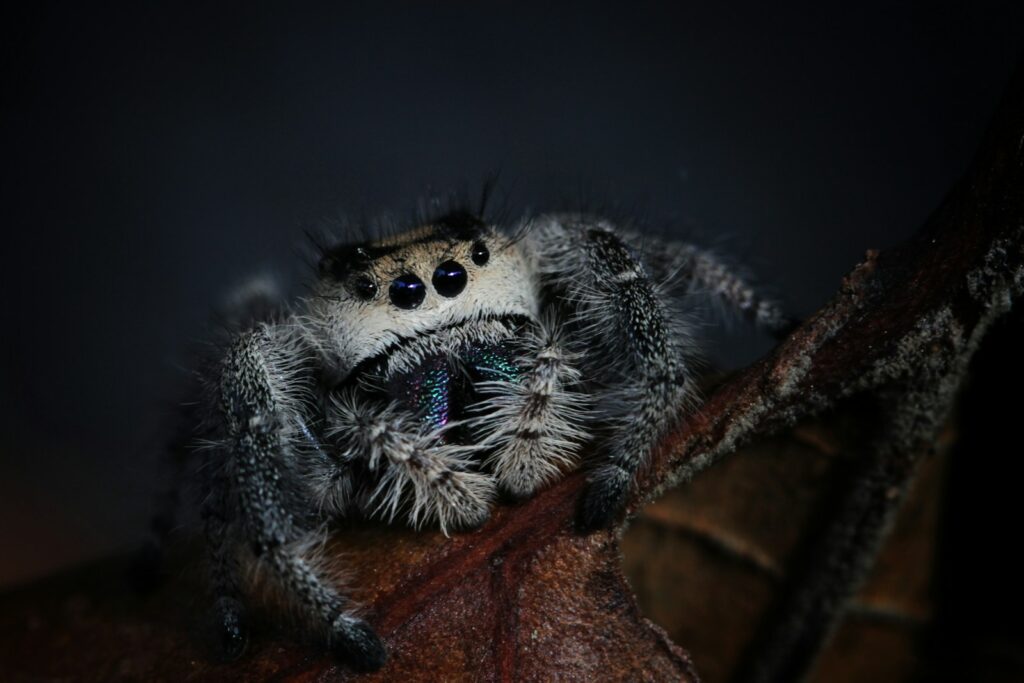
The complex biochemistry of spider and snake venoms has become a rich source of inspiration for novel drug development, with distinct research trajectories reflecting their different compositions. Snake venom components have already yielded several FDA-approved medications, including captopril (derived from pit viper venom) for treating hypertension, tirofiban (from saw-scaled viper venom) as an antiplatelet drug, and exenatide (inspired by Gila monster venom) for treating type 2 diabetes. Spider venom research, while less advanced in terms of approved therapeutics, shows tremendous promise for conditions where highly specific ion channel modulators are needed. For example, components from tarantula venom are being investigated for treating atrial fibrillation, peptides from Australian funnel-web spider venom show promise for protecting against stroke damage, and toxins from widow spiders may lead to non-addictive pain medications. Perhaps the most significant difference in venom research lies in precision – spider venoms, with their evolutionary focus on small, specific targets like insect ion channels, often offer greater selectivity and potentially fewer side effects than snake venoms that evolved to broadly disrupt vertebrate physiology. This emerging field of “venomics” represents one of the most promising frontiers in natural product drug discovery, with thousands of potentially therapeutic compounds awaiting characterization in both spider and snake venoms.

